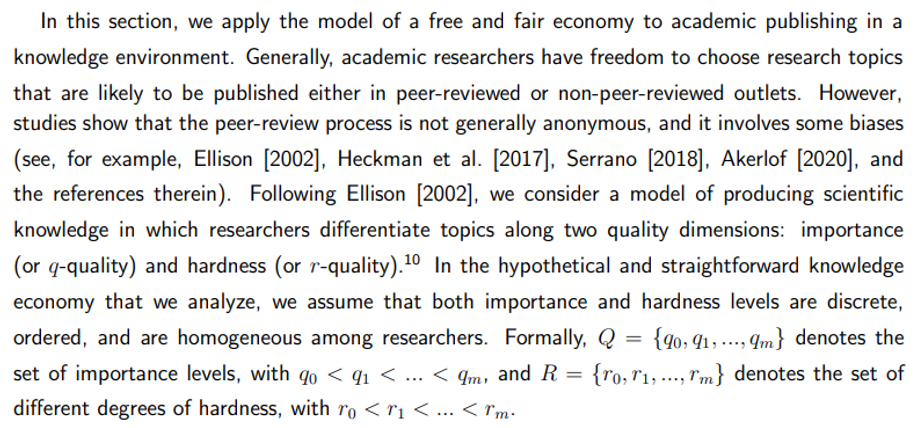Curve Finance community to vote on $60M proposal to make CRV a yield-bearing asset

The new Yield Basis would allocate 35%-65% of its value to holders of vote-escrowed CRV, while an additional 25% would be reserved for the ecosystem.
The Curve Finance decentralized autonomous organization (DAO) is voting on a proposal that could open up new income streams for the protocol and its ecosystem.
The proposal, introduced in August by founder Michael Egorov, would establish a $60 million credit line of crvUSD for Yield Basis. Voting began on Wednesday, with 97% of votes cast in support of the proposal at this writing.
Under the Yield Basis, holders of CRV who stake their tokens would receive veCRV (vote-escrowed CRV) in return, essentially creating income for stakers. Yield Basis would return between 35% and 65% of its value to holders of veCRV, while an additional 25% would be reserved for the ecosystem.
Read more
You May Also Like

Wormhole launches reserve tying protocol revenue to token

Hong Kong’s Payment Card Usage Sees Significant Growth in Q2 2025
